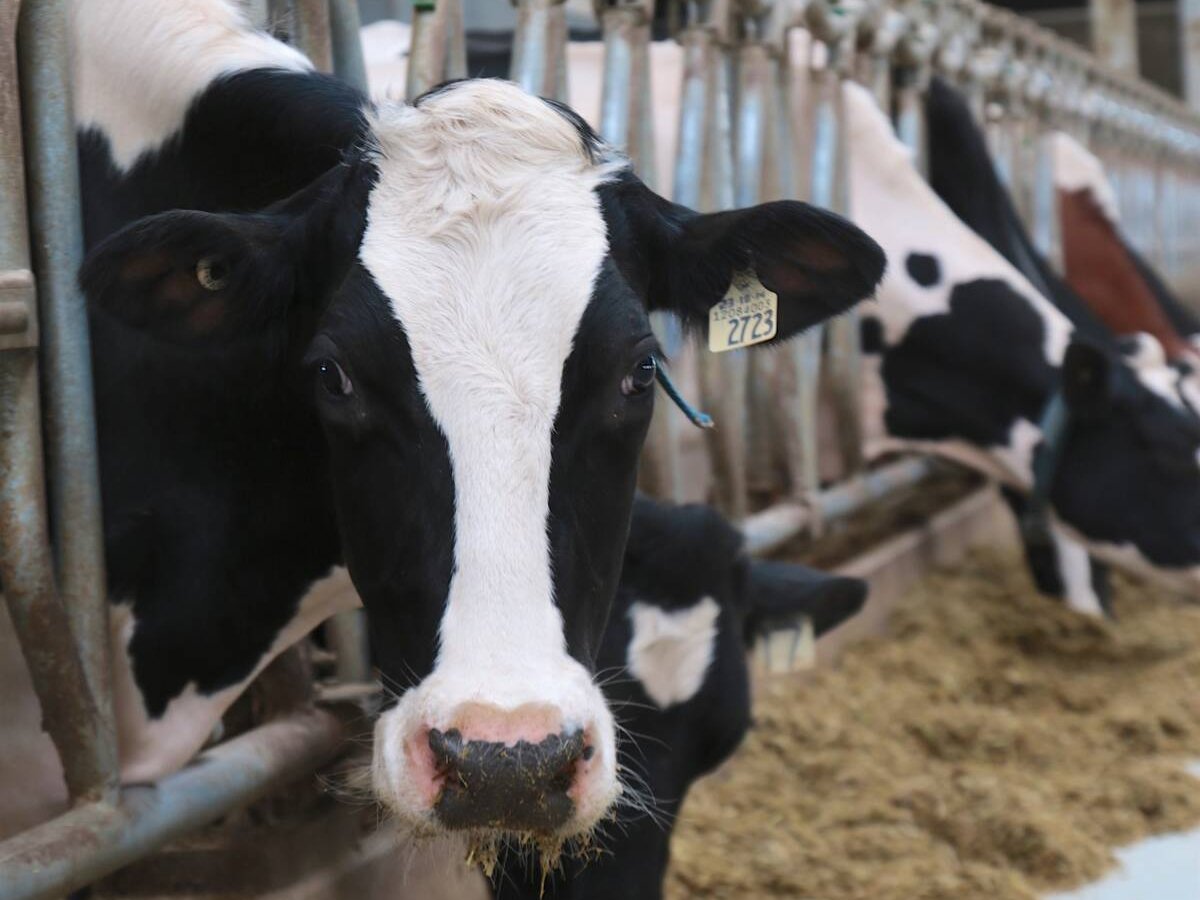RED DEER, Alta. – When it comes to water and horses, researchers agree on one thing: Nobody knows enough about it.
“A lot is based on anecdotes over time but we can’t base welfare issues on anecdotes,” said one Manitoba researcher at the recent horse breeders seminar in Red Deer.
Most research on the subject has been done in the last three years, said Nadia Cymbaluk, who works with horses at a Carberry, Man., farm, which collects pregnant mare’s urine used in hormone replacement therapy.
Read Also

The Organization for Economic Co-operation and Development lauds Canada’s low farm subsidies, criticizes supply management
The Organization for Economic Co-operation and Development lauded Canada’s low farm subsidies, criticized supply management in its global survey of farm support programs.
An adult horse’s body is 60 to 65 percent water while a foal is 80 percent water. Foals consist of more protein compared to an adult that carries more body fat. Fat holds less water.
On average, a 1,500 pound (675 kilogram) horse requires about eight gallons (35 litres) of water a day compared to a 900 pound (405 kg) horse, which needs about 4.5 gallons (20 L) a day.
Diet has enormous impact on amount of fluid held. The more horses eat, the more they drink, so the diet affects the amount they drink. For example, hay holds more fluid than concentrates.
Horses on pasture may drink only once a day. In stables, horses may drink four times a day or every hour, depending on the feeding practices at the stable.
A horse’s need for water is also affected by the air temperature and the work it is doing.
A horse’s skin temperature is 30 C. If the air temperature is above that, the horse has to cool itself by sweating or breathing faster. Water is lost so it drinks more. However, if the horse is acclimatized to the weather or used to working hard, it may not drink as much. During cold temperatures, horses breathe slower and drink less.
A horse may triple its water requirements when working hard and if the temperature is warm, that need could quadruple.
Race horses and endurance horses may lose 20 to 25 percent of their body water through respiration. This means a 1,200 pound horse can lose seven percent of its body weight, which takes about four to five days to replenish.
Gastrointestinal disease like diarrhea must be treated quickly because 50 to 85 percent of daily water is lost in manure. This is five times more than the water lost in urine.
Another study that compared horses with continuous access to water against those that get watered, showed they drink the same amount.
Surface water is prone to contamination because horses like to defecate around the edges. Snow is not a recommended source because horses may not get enough. The conversion rate of snow to water is low, about 10 to one.
There are several ways to determine if a horse is getting enough water.
Measure the amount of water taken from the bowls or trough or check the horse’s skin for elasticity. The skin should be elastic when pinched and spring quickly back in place.
Check the horse’s gums and press down. They should return to a normal pink color within a couple seconds. Feel the inside of the mouth. If it feels dry, the horse needs water.
Look at the manure. If it looks dry, the horse may need more water.















